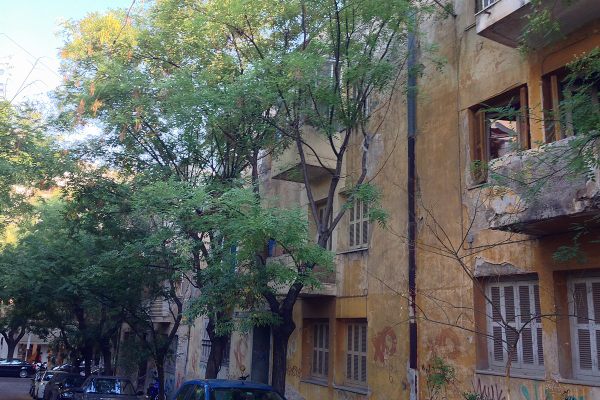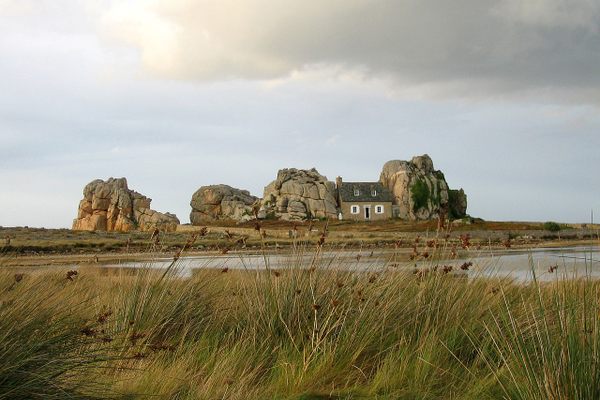Blakesley Hall
Some wattle-and-daub, a Moorish mural, a glacial erratic, and a Giant named Gilbert.
Blakesley Hall is one of the oldest buildings in Birmingham in the West Midlands, United Kingdom. It is a proto-typical “Tudor” building: it’s Shakespeare, it’s Queen Elizabeth I, it’s neck ruffs and lances and armor.
Being “Tudor” in style, the Hall has the requisite exposed timbers and is constructed by a process called “wattle-and-daub,” the “wattle” being the timbers and the “daub” being the stuff between, a concoction of wet dirt, clay, sand, animal dung, and straw. The process has been around for thousands of years and is still used, actually seeing a revival in some construction circles because of its sustainability.
The daub, after being packed between the wattle, is then coated with lime and usually painted white. The distinguished patterns created by the technique gives these buildings (called “Tudors” because of the House of Tudor period of 1485 to 1603 during which they were extensively built) their evocative character.
The original structure of Blakesley Hall dates to 1590, and it remained in the hands of just a few families over the course of the next 345 years. In 1935 it became a museum and underwent some renovations to bring it from the 16th century into the 20th. Upstairs is a “Moorish Mural,” likely original to the construction of the Hall. The painting had been plastered over at some point, but was rediscovered in 1941 when the Hall was badly damaged, and the plaster covering the mural shattered, during the “Birmingham Blitz,” the bombing of the Birmingham area during World War II. Birmingham, being a manufacturing center, saw the worst bombing during the War save for only London and Liverpool.
The grounds of the Hall are also the resting place of the Gilbertstone, a glacial erratic boulder, probably originally from the bedrock of Wales. Geologists can tell it’s a boulder from Wales by its lithology (that’s its composition, color, texture, etc.), and that it’s a “glacial erratic” because glaciers picked these kinds of stones up during the Ice Age and carried them along, dropping them off in odd places once the glacier thawed—this one having made its trek about 12,000 years ago.
The stone was subsequently moved around the Birmingham-Yardley area by less icy hands, finally landing at its current home on the grounds of Blakesley Hall in the late 1970s. But before it got here, and long before there even was a Blakesley Hall, legend has it that the stone was used in a border dispute between local landowners, one of which was a giant named “Gilbert,” during the reign of King John (which was from 1199 to 1216, when every town had a local landowner who was a giant). To establish what he saw as his side of the property, Gilbert picked the boulder up and moved it, and some believe that’s how the stone got its name. But probably not. More likely that the stone got its name from a Gilbert family that lived in the same area a little bit later in the 13th century. But the giant story is definitely better.
Know Before You Go
It's about three miles from the center of Birmingham.















Follow us on Twitter to get the latest on the world's hidden wonders.
Like us on Facebook to get the latest on the world's hidden wonders.
Follow us on Twitter Like us on Facebook